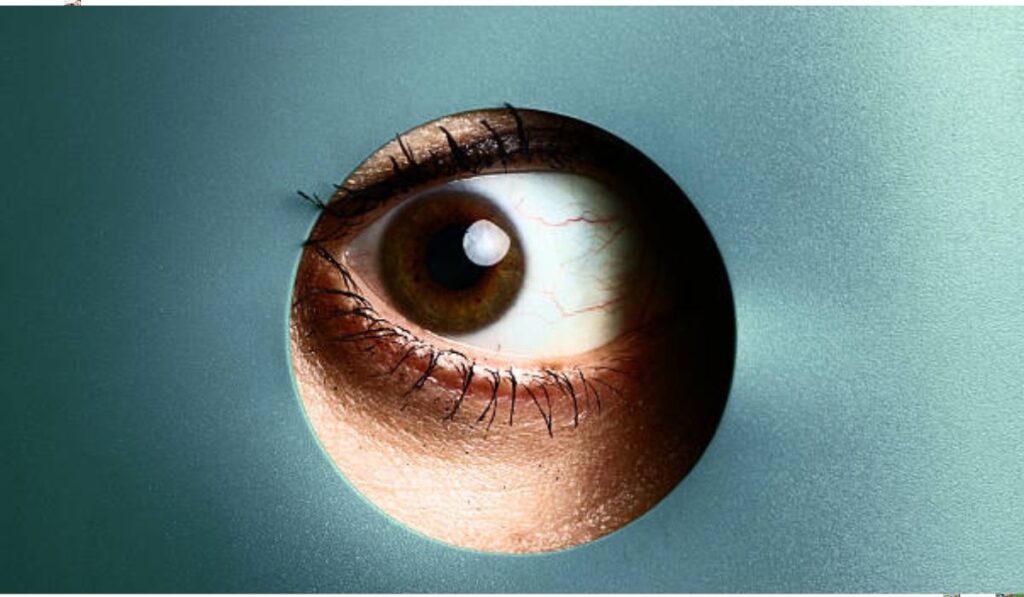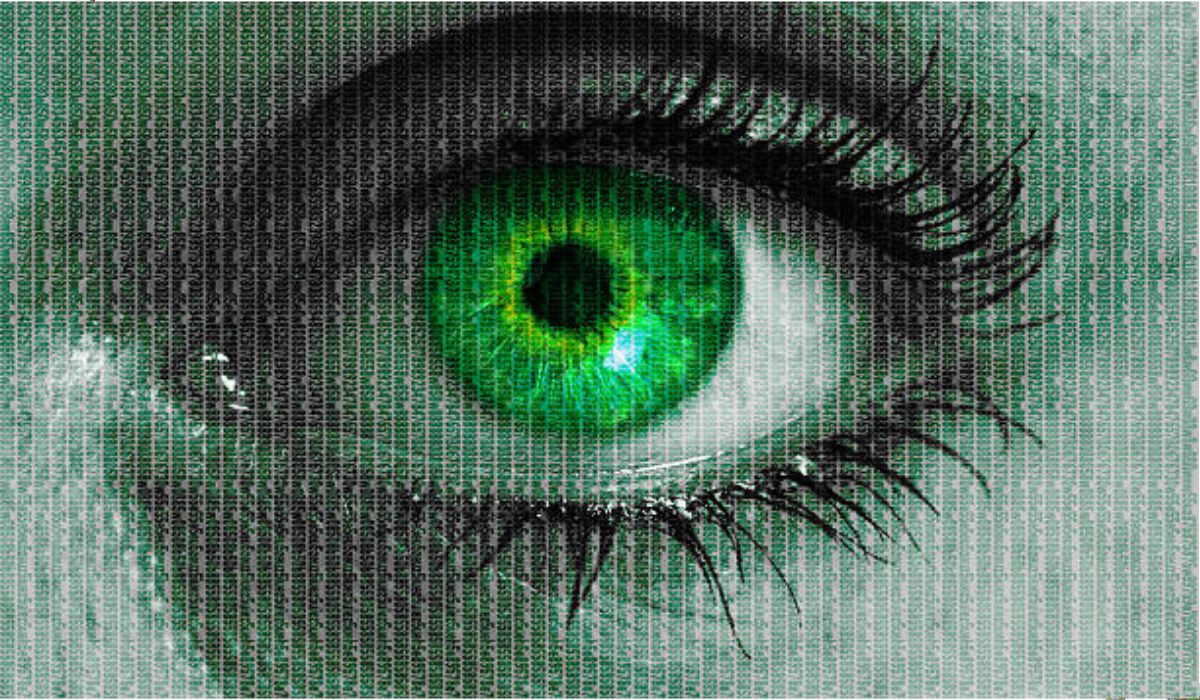The term “beholderen” might sound complex, but its meaning is rooted in something very relatable. In various contexts, a beholder is someone who sees or perceives things. This concept applies to many aspects of life, including art, relationships, and ideas.
The Origin of the Term
“Beholderen” originates from the word “behold,” which means to see or observe. When we say someone is a beholder, we emphasize their role as a witness or viewer. This idea has been explored in art, literature, and philosophy for centuries.
Beholderen in Art
One of the most significant areas where we encounter the concept of beholderen is in the realm of art. Artists create works with the hope that viewers will engage and interpret them. The interplay between the artist and the beholder shapes the overall experience of the artwork.
The Artist’s Perspective
For artists, knowing how beholders perceive their work is crucial. They often consider questions like: What emotions do I want to evoke? and How will the colors and shapes influence the viewer’s perception? This understanding allows them to create more profound connections with their audience.
The Beholder’s Role
On the flip side, beholders also play a vital role. Their interpretation of the artwork can vary significantly, depending on personal experiences, cultural background, and emotional state. This diversity makes the interaction between the artwork and the beholder dynamic and rich.
Art Interpretation: A Shared Experience
When someone stands in front of a painting, they bring their own history and emotions to the experience. One beholder might find joy in a bright, colorful scene, while another may feel melancholy. This range of reactions proves that art is not just about what the artist intended but also about what it evokes in the viewer.
Beholderen in Literature
Literature also provides an excellent example of how beholderen function in storytelling. Readers often engage with characters and narratives in a deeply personal way. Their understanding and interpretation can vary widely.
The Reader’s Journey
Just like with art, the reader’s background influences how they perceive a story. A reader who has faced similar challenges as a character may empathize deeply with their journey. Meanwhile, another reader might find the same character’s actions baffling or unrelatable.
Multiple Perspectives in Literature
Writers often craft stories with multiple points of view to enhance the beholder’s experience. By providing insights into different characters’ minds, they allow readers to see the narrative from various angles. This technique enriches the story and amplifies the impact of the primary events.
The Beholder and Cultural Context
Cultural context plays a crucial role in shaping a beholder’s interpretation, whether in art or literature. Different cultures hold unique values, traditions, and experiences that influence how individuals perceive and interact with the world.
Art and Culture
For example, an artwork created within a specific cultural framework may resonate differently with someone from that culture versus an outsider. A beholder who understands the cultural references embedded in a piece is likely to appreciate its significance more deeply.
Literature and Cultural Perspectives

Similarly, literature often reflects the author’s cultural background. A reader familiar with those cultural nuances may pick up on subtleties that others might miss. This highlights how beholders are not just passive recipients but active participants in the meaning-making process.
The Beholder’s Emotional Response
Beyond cultural context, emotional response is a significant element in the act of beholding. Beholders react to what they see or read, their feelings shaping the way they interpret the experience.
Emotional Connections in Art
Art possesses the power to stir emotions. A beholder might feel moved by a piece that captures a moment of joy or sorrow. This emotional connection can make the experience memorable, often long after they have left the artwork behind.
The Healing Power of Literature
Literature, too, serves as an emotional outlet. A story may resonate with a beholder going through a tough time, providing solace or validation. The strength of this connection can prompt deeper reflections and insights about their own life.
Beholderen in Philosophy
Philosophy examines the concept of beholderen from an even deeper perspective. Philosophers ponder the nature of perception, truth, and existence. How does what we see shape our understanding of reality?
The Philosophical Perspective
For many philosophers, beholding goes beyond simple observation. It involves interpretation and understanding the underlying truths of life. This engagement helps individuals form their beliefs and perspectives about the world.
The Nature of Reality
Philosophers question how our perceptions shape our realities. Is what we see merely a reflection of our knowledge and experiences, or is there an objective truth waiting to be uncovered? This inquiry makes the act of beholding an exciting exploration of existence.
The Beholder and Identity
The role of the beholder can also be tied to personal identity. A person’s identity influences how they perceive the world around them. Factors like age, gender, race, and experiences all contribute to forming a unique perspective.
Unpacking Personal Perspective
A beholder’s identity shapes their interpretations. For instance, a woman might see empowerment in a piece of feminist art, while a man could interpret it differently. Such differences highlight the significance of recognizing varied perspectives.
Inclusive Approaches to Beholding
Art and literature today often strive for inclusivity, ensuring that various voices are represented. This effort enriches the beholder’s experience by allowing more perspectives to be acknowledged and appreciated.
The Influence of Technology
In our digital age, the act of beholding has evolved. Technology provides platforms for showcasing art and literature, allowing beholders from all over the world to engage. Social media gives rise to diverse interpretations and discussions.
A Global Perspective
This technological advancement means that beholders can now access art and literature from cultures different from their own. Such exposure broadens their understanding and appreciation, fostering an environment where diverse viewpoints are celebrated.
The Changing Landscape of Beholderen
As society evolves, so does the concept of beholderen. The way we perceive art and literature is continually reshaped by cultural shifts, technological advancements, and personal experiences.
The Future of Beholding
It is exciting to consider where beholding might go next. As global connections deepen, we’ll likely see new dialogues and interpretations emerging. The importance of the beholder will continue to rise as we engage with diverse creative expressions.
Conclusion: Embracing the Beholderen
In summary, beholderen play a crucial role in how we experience art, literature, and the world around us. This concept serves as a reminder of our varied perspectives and how they shape our understanding.
Whether you are an artist, a reader, or simply an observer of life, remember that your unique viewpoint is invaluable. It contributes to the rich tapestry of human experience, making our collective journey all the more meaningful. Embrace your role as a beholder. Your insights are a vital part of the story.









































